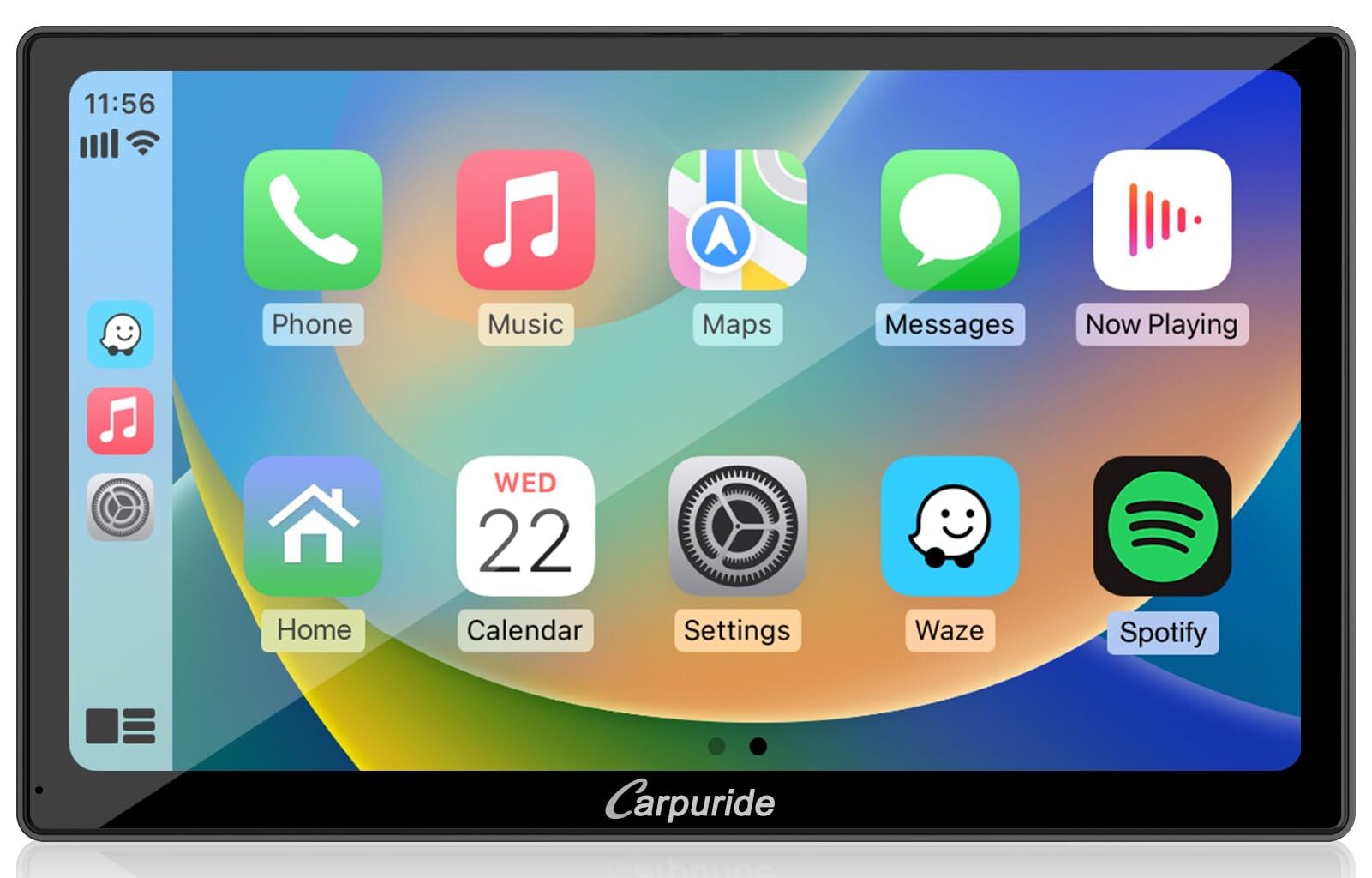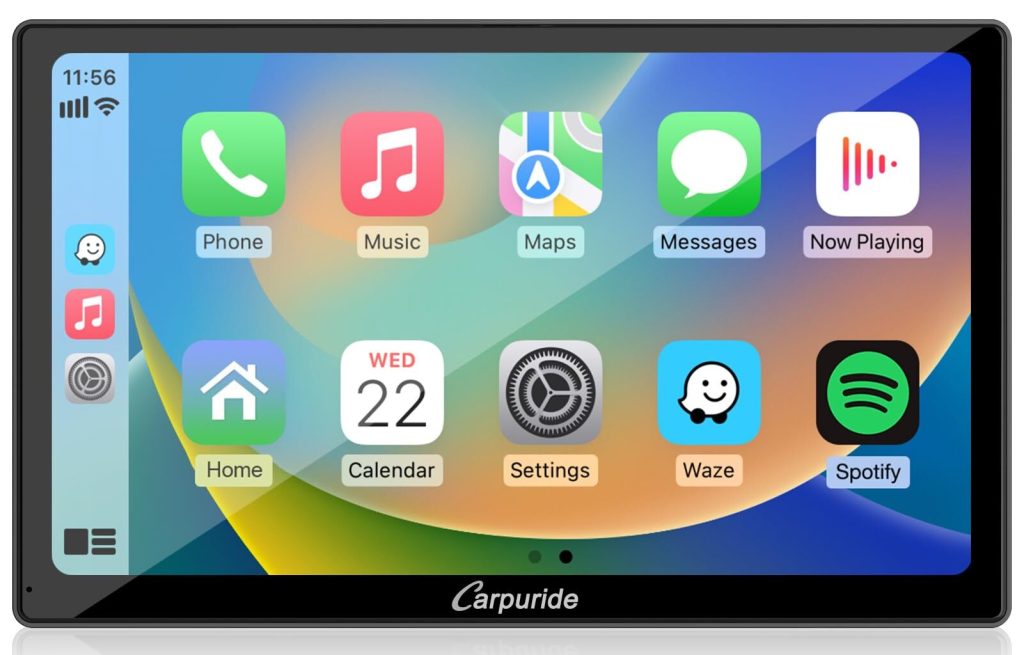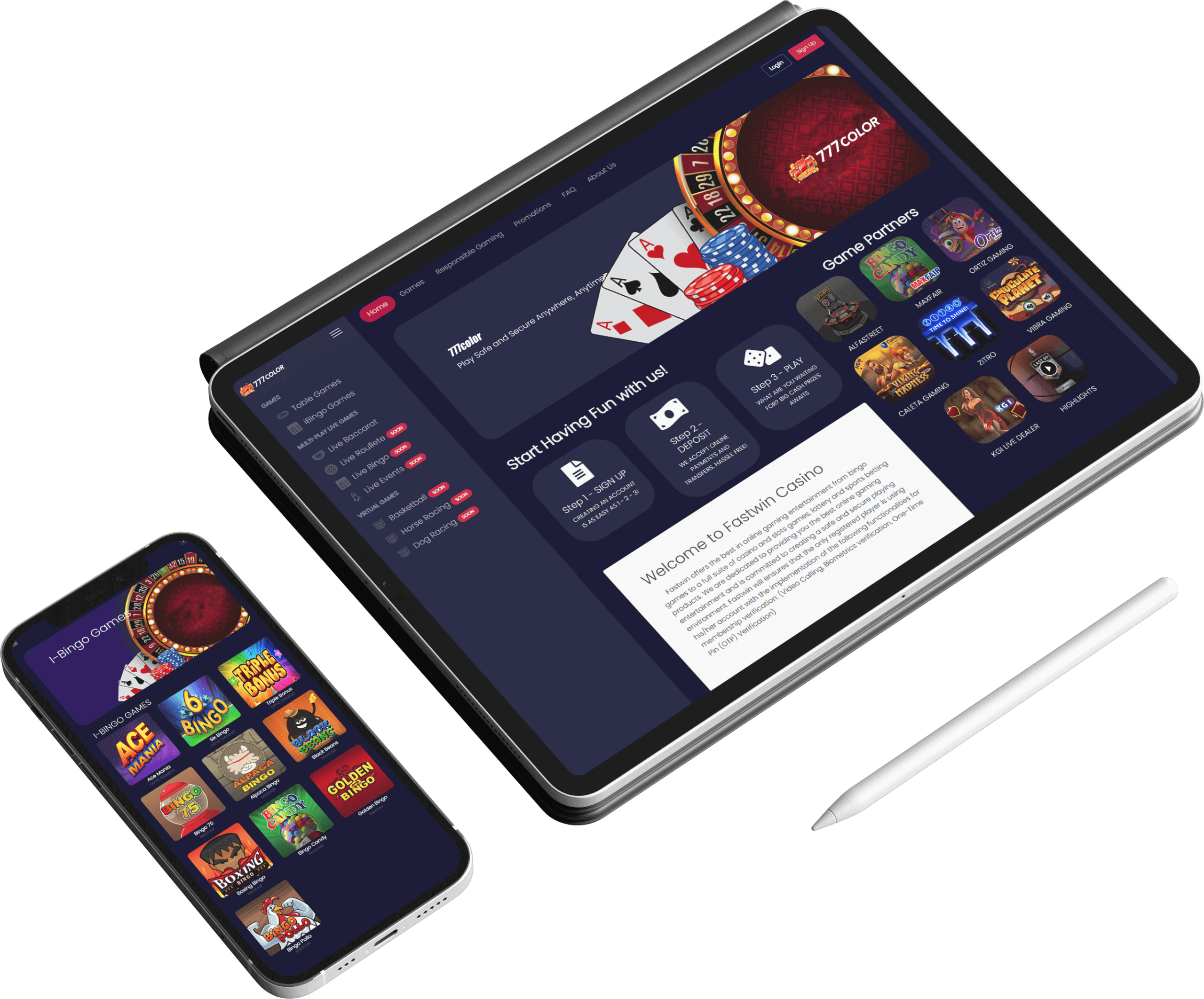
How BingoPlus App Mirrors Car Tech Innovation
The technological evolution of mobile applications has followed a fascinating parallel path to automotive innovation over the past decade. While these industries might seem worlds apart, a closer examination reveals striking similarities in how they approach user experience, technological implementation, and feature development. The bingo plus app stands as a particularly illuminating example of how gaming platforms have adopted development philosophies and user experience principles that mirror those in modern automotive technology. This comparison explores the surprising convergence of these seemingly disparate technological domains.
User Interface Evolution: From Cluttered to Intuitive
The transformation of user interfaces represents perhaps the most visible parallel between modern vehicles and gaming applications.
Streamlining and Prioritization
Modern automotive dashboards have undergone a revolutionary simplification process:
- Reduction of physical buttons and controls
- Contextual information display based on driving conditions
- Prioritization of critical functions with secondary features in submenus
- Clean visual hierarchies that reduce cognitive load
- Customizable interfaces that adapt to user preferences
The BingoPlus app has followed a remarkably similar trajectory, moving from the cluttered, feature-heavy interfaces common in early mobile gaming to a streamlined experience that emphasizes core functionality while maintaining depth through intelligent organization. Both industries have recognized that overwhelming users with options creates friction rather than value.
Gesture-Based Control Systems
Contemporary vehicles increasingly rely on intuitive gesture controls:
- Swipe motions for changing information displays
- Pinch-to-zoom on navigation maps
- Haptic feedback to confirm inputs without visual distraction
- Two-finger rotations for volume and climate controls
- Voice command integration for hands-free operation
Similarly, the BingoPlus app has embraced natural gesture controls that feel instinctive to users. The card-swiping mechanics, multi-touch functionality for managing multiple game cards, and intuitive zoom controls all employ the same human-centered design principles that make modern vehicle interfaces feel natural rather than technological.

Personalization Engines: Learning from User Behavior
Both automotive systems and gaming applications have moved beyond simple customization to true personalization through sophisticated data analysis.
Adaptive Learning Systems
Modern vehicles employ advanced driver profiling:
- Seat, mirror, and climate control adjustment based on driver profiles
- Route suggestions informed by historical driving patterns
- Entertainment preferences that activate automatically
- Driving mode selections that adapt to driver behavior
- Predictive maintenance notifications based on usage patterns
The BingoPlus app demonstrates parallel capabilities through its personalization engine, which analyzes player behavior to customize the gaming experience. From game recommendations based on play history to adaptive difficulty settings and personalized tournament suggestions, the app employs the same fundamental approach to personalization that makes modern vehicles feel increasingly attuned to their owners.
Contextual Awareness
Beyond simple preferences, both technologies now demonstrate environmental awareness:
- Vehicles adjust lighting based on ambient conditions
- Climate systems respond to external temperature changes
- Audio systems compensate for road noise at different speeds
- Display brightness adapts to prevent glare
- Navigation emphasizes different details based on urban vs. rural environments
Similarly, the BingoPlus app shows contextual intelligence by adapting to user circumstances—adjusting visual elements based on ambient light sensors, modifying audio based on whether headphones are connected, and even adapting network usage based on connection quality. This environmental responsiveness represents a sophisticated evolution beyond basic preference settings.
Connectivity and Integration: The Ecosystem Approach
Perhaps the most significant parallel between automotive technology and gaming applications is their evolution from standalone products to ecosystem hubs.
Cross-Platform Synchronization
Modern vehicles maintain continuity across touchpoints:
- Journey planning that begins on home devices and transfers to vehicle
- Seamless continuation of media playback from phone to car
- Vehicle status monitoring through companion smartphone apps
- Preference synchronization across multiple vehicles in a household
- Maintenance history accessible across dealership, home, and mobile interfaces
The BingoPlus app demonstrates the same ecosystem mentality by maintaining perfect synchronization between devices, allowing games started on smartphones to continue on tablets or desktops without interruption. Account information, game progress, and preferences remain consistent across all touchpoints, creating a cohesive experience rather than device-specific instances.
Third-Party Integration Frameworks
Contemporary automotive systems embrace external partnerships:
- Calendar integration for automated navigation to appointments
- Restaurant and service booking capabilities within navigation systems
- Media service integration across multiple providers
- Smart home controls accessible from vehicle interfaces
- Payment systems for tolls, parking, and drive-through services
The gaming application matches this approach through its comprehensive API integrations, connecting with payment services, social media platforms, streaming services, and community tools. Both technologies have recognized that value comes not just from native features but from serving as intelligent hubs that connect users to broader service ecosystems.

Safety and Security: Protection as Priority
Both automotive technology and gaming applications operate in environments where user protection has become increasingly crucial.
Multi-Layered Security Approaches
Modern vehicles employ sophisticated protection systems:
- Biometric authentication for vehicle access and ignition
- Encrypted communication between vehicle components
- Intrusion detection systems for unauthorized access attempts
- Over-the-air security updates to address emerging threats
- Geofencing and usage restrictions for shared vehicles
The BingoPlus app mirrors these security priorities through equally robust measures, including biometric login options, encrypted data transmission, suspicious activity monitoring, automatic session timeouts, and comprehensive permission controls. Both industries have recognized that security cannot be a single-layer solution but must involve multiple complementary systems.
Responsible Use Protection
Beyond security, both technologies now incorporate features promoting wellbeing:
- Driver attention monitoring with alert systems
- Rest recommendation systems for long journeys
- Speed governors and geofenced restrictions for new drivers
- Usage reports that encourage awareness of driving patterns
- Emergency response systems for accidents
Similarly, the BingoPlus app includes responsible gaming tools such as playing time reminders, deposit limits, reality checks, temporary self-exclusion options, and activity reports. Both automotive and gaming technologies have evolved to recognize their responsibility not just to provide features but to encourage healthy usage patterns.
Performance Optimization: Doing More with Less
Both industries have faced similar technical challenges in maximizing performance within practical constraints.
Resource Efficiency Improvements
Automotive engineers continuously optimize for efficiency:
- Start-stop systems that conserve fuel during idle periods
- Cylinder deactivation when full power isn’t needed
- Regenerative braking that recovers energy
- Aerodynamic adjustments based on speed and conditions
- Weight reduction through material innovations
The BingoPlus application shows parallel optimization through sophisticated resource management—dynamically allocating system resources based on active features, implementing efficient sleep modes for background processes, preloading data based on predicted user actions, and employing compression techniques to minimize data usage. Both technologies employ intelligent resource allocation rather than raw power to deliver optimal experiences.
Background Processing Intelligence
Modern vehicles perform complex calculations invisibly:
- Predictive transmission shifting based on road topography
- Automatic route recalculation based on traffic conditions
- Preventative stability control adjustments before loss of traction
- Battery management optimization in electric vehicles
- Continuous emissions system adjustments
Similarly, the gaming application performs sophisticated background operations—managing asset preloading based on predicted game selection, optimizing network requests during connection quality changes, and balancing processing loads to maintain consistent framerates. Both technologies leverage background intelligence to deliver foreground experiences that feel effortless to users.
Future Convergence: Where Paths Continue to Align
Looking forward, several emerging technologies suggest continued parallel evolution between automotive systems and gaming applications.
Augmented Reality Integration
Vehicle manufacturers are actively developing AR experiences:
- Heads-up displays that overlay navigation information on real-world roads
- Maintenance assistance showing repair procedures overlaid on engine components
- Parking guidance with projected path visualization
- Points of interest highlighted in driver’s field of view
- Safety alerts that identify and highlight potential hazards
The BingoPlus development roadmap shows similar AR ambitions, with plans for features that overlay game elements on real-world environments, location-based gaming experiences, and augmented tutorials that use device cameras to guide new players through physical card-marking in hybrid online/offline games.
Voice-First Interaction Models
Both industries are moving toward more natural conversation interfaces:
- Contextual voice commands that understand conversational language
- Proactive assistant capabilities that anticipate needs
- Emotional state recognition that adapts responses accordingly
- Continuous learning that improves understanding over time
- Multilingual processing without manual language switching
The gaming application’s voice control capabilities are evolving along the same trajectory, moving beyond simple commands to natural conversation that allows players to navigate, play, and socialize using voice as their primary interface—a particularly valuable feature for accessibility and multitasking scenarios.
Conclusion: Convergent Evolution in Technology
The parallels between automotive technology and the BingoPlus app illustrate a broader phenomenon in technological development: that regardless of industry, human-centered design principles and technological optimization techniques tend to produce similar solutions when addressing comparable challenges. Both have evolved from feature-focused approaches to experience-centered design, from standalone products to connected ecosystems, and from one-size-fits-all interfaces to adaptive, personalized experiences.
These convergent evolutions suggest that while the specifics of implementation may differ, the fundamental principles of effective technology development transcend industry boundaries. For users, this means that skills and expectations increasingly transfer between different technological domains—the intuitive understanding developed through using a modern vehicle interface translates to gaming applications, and vice versa.
As both automotive technology and mobile gaming applications continue to evolve, we can expect these parallel paths to maintain their alignment, with innovations in one domain frequently finding application in the other. This cross-pollination of ideas ultimately benefits consumers, who experience more intuitive, efficient, and engaging technology regardless of whether they’re behind the wheel or enjoying online gaming experiences.


